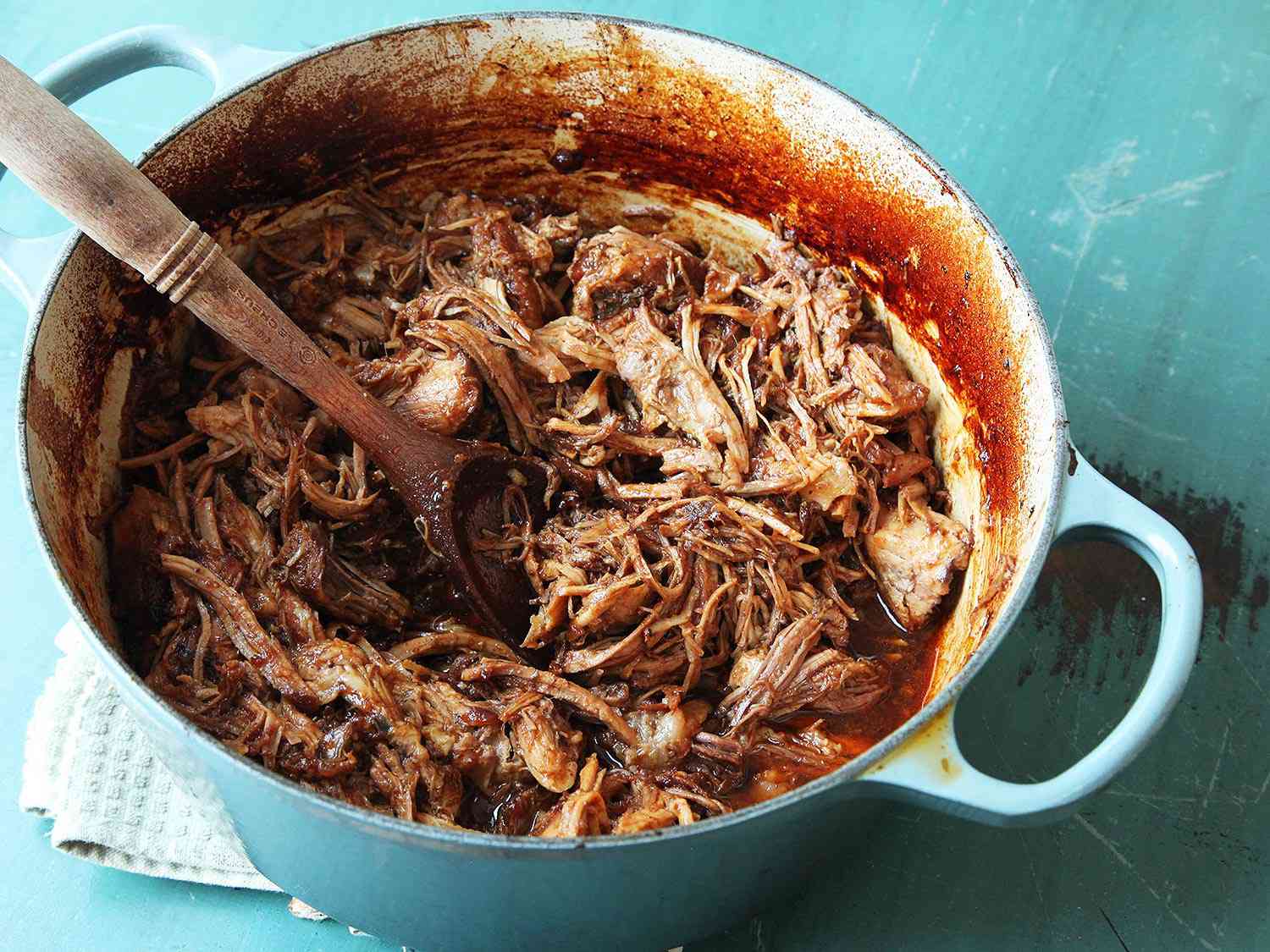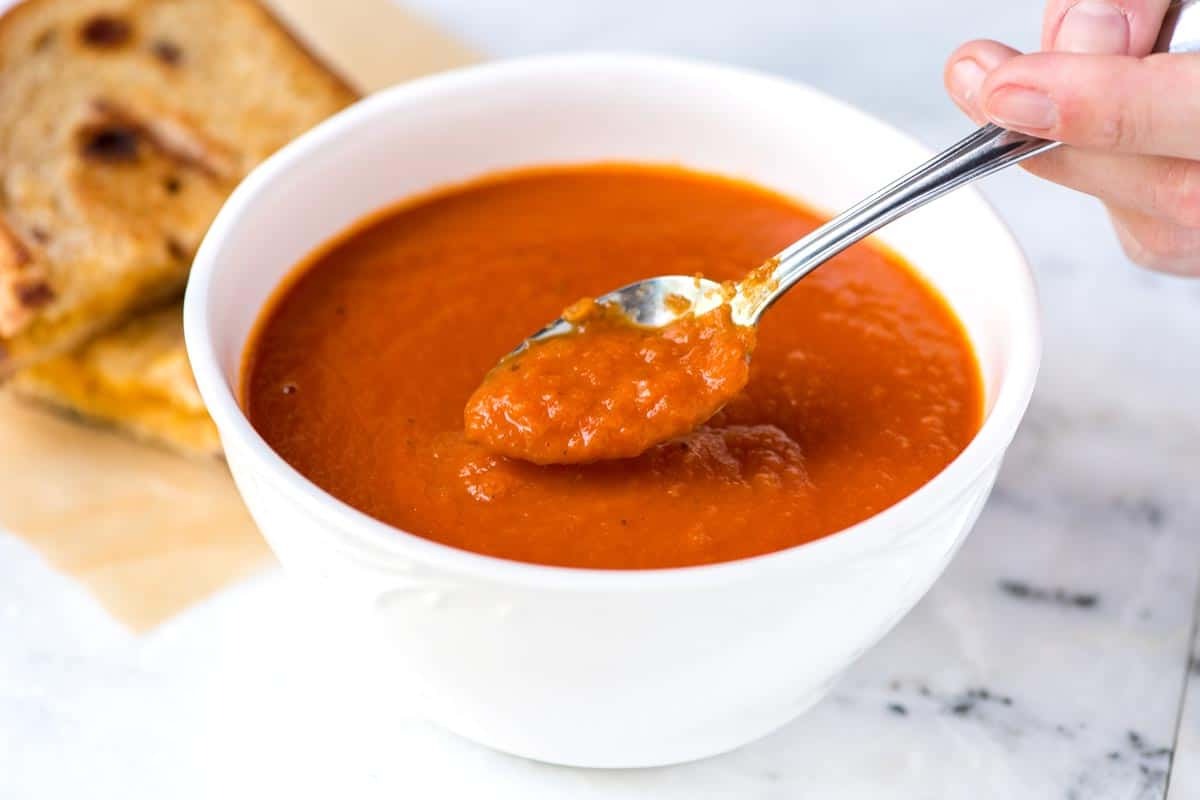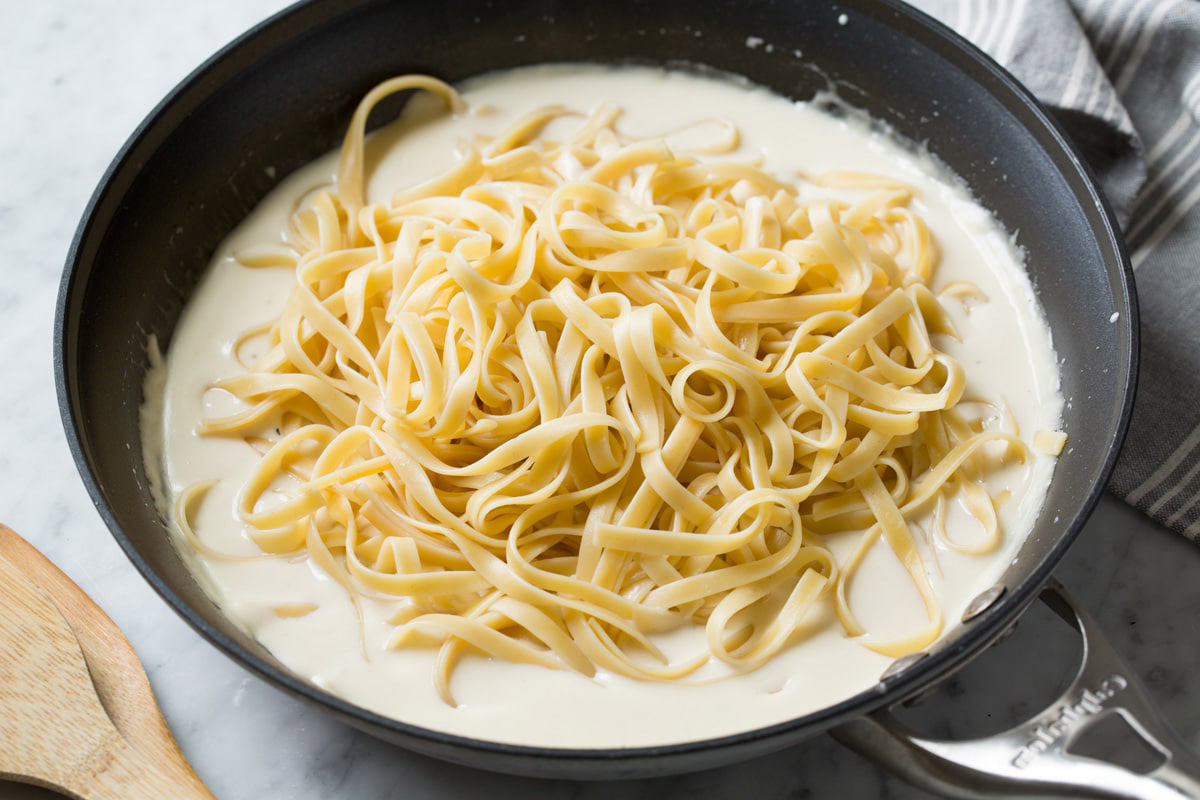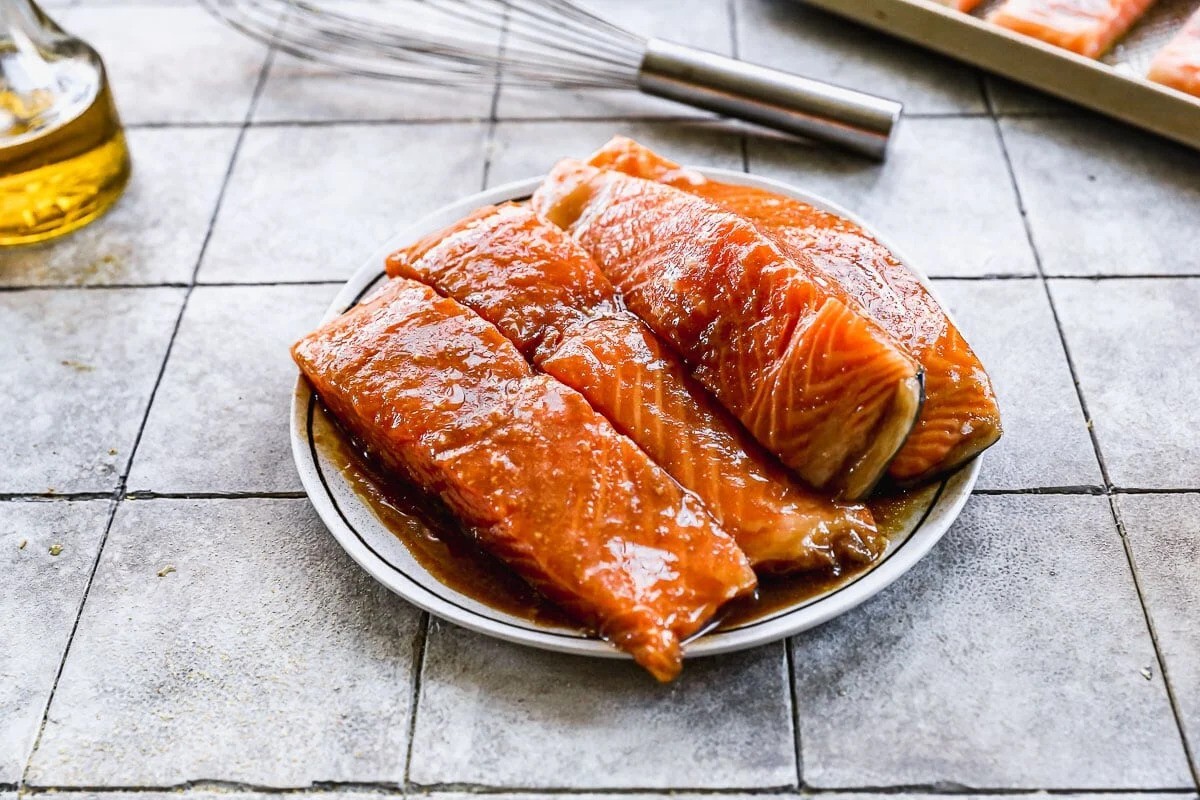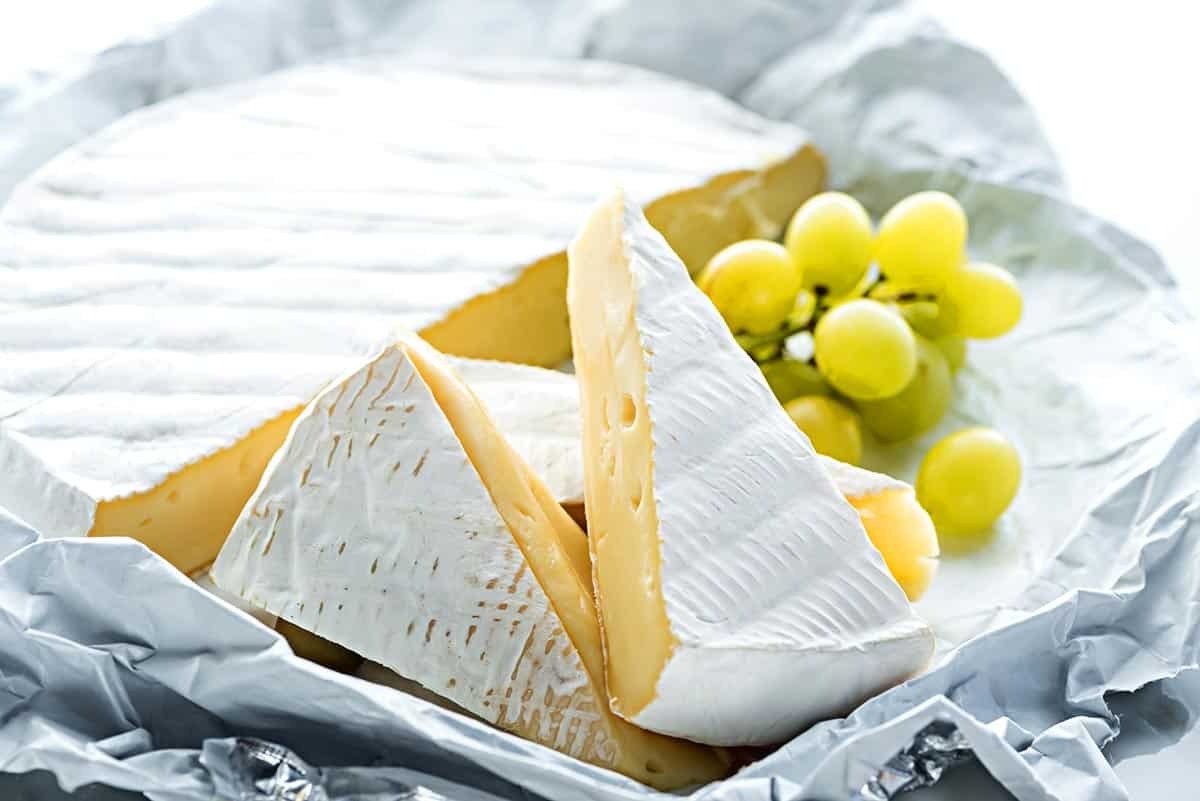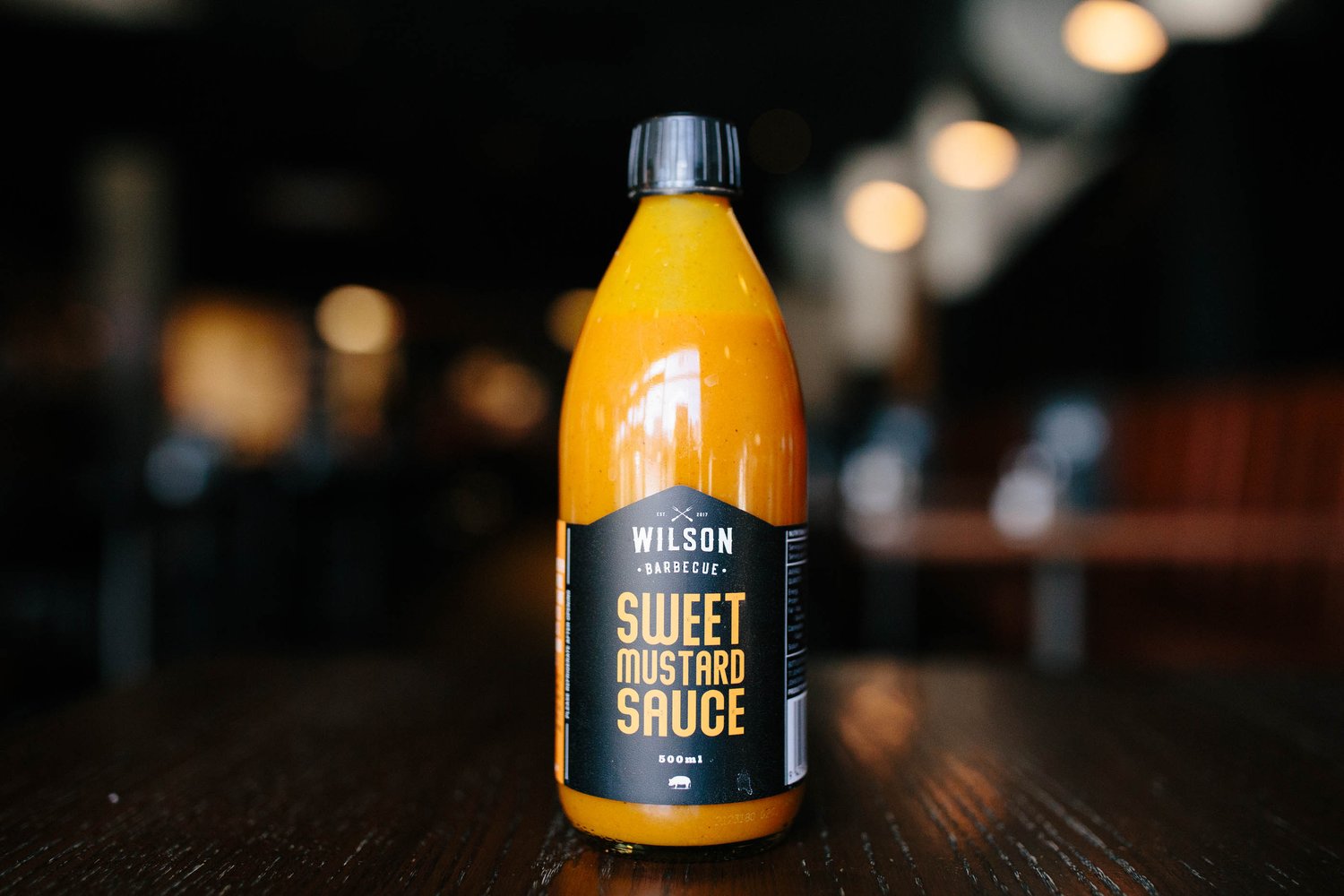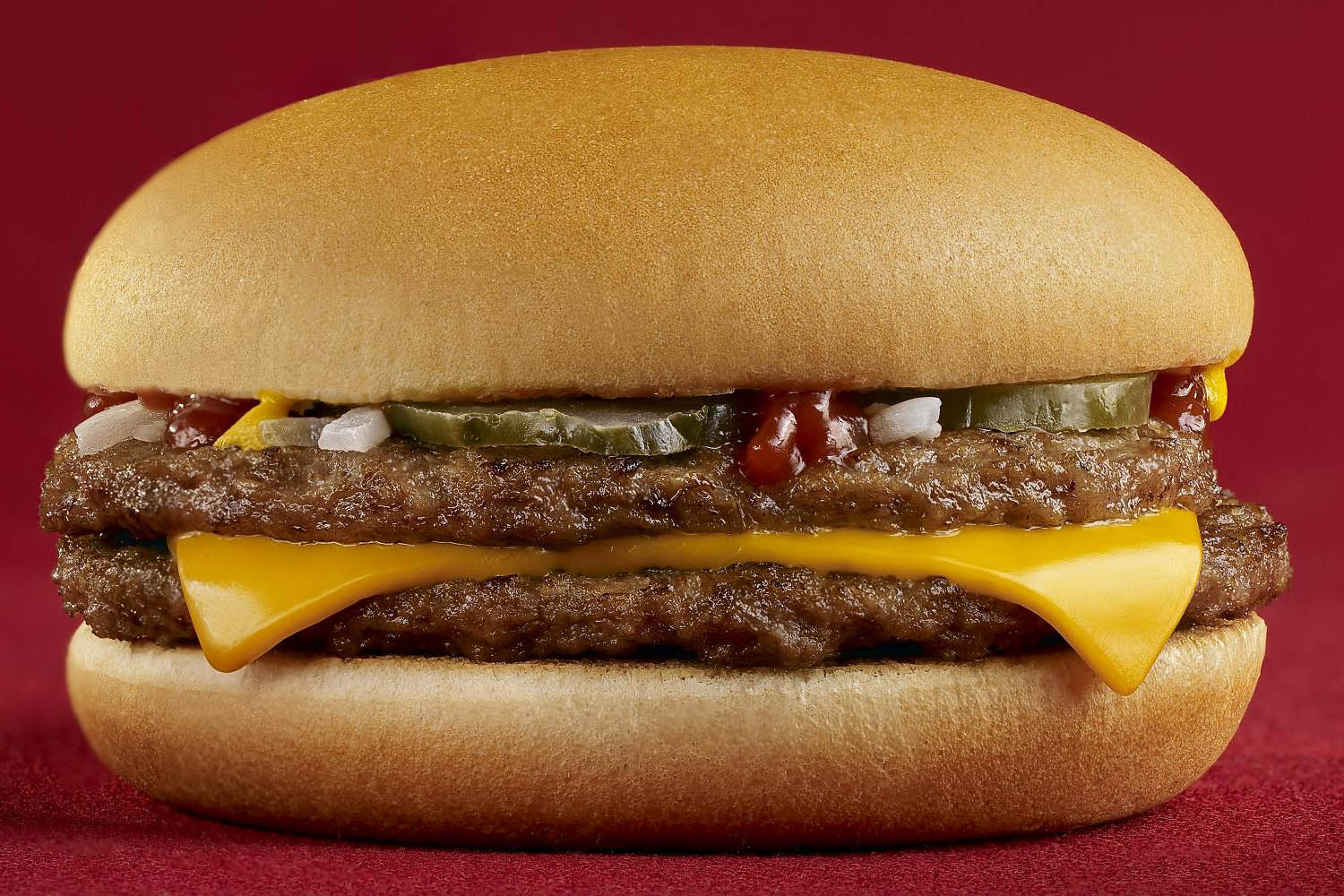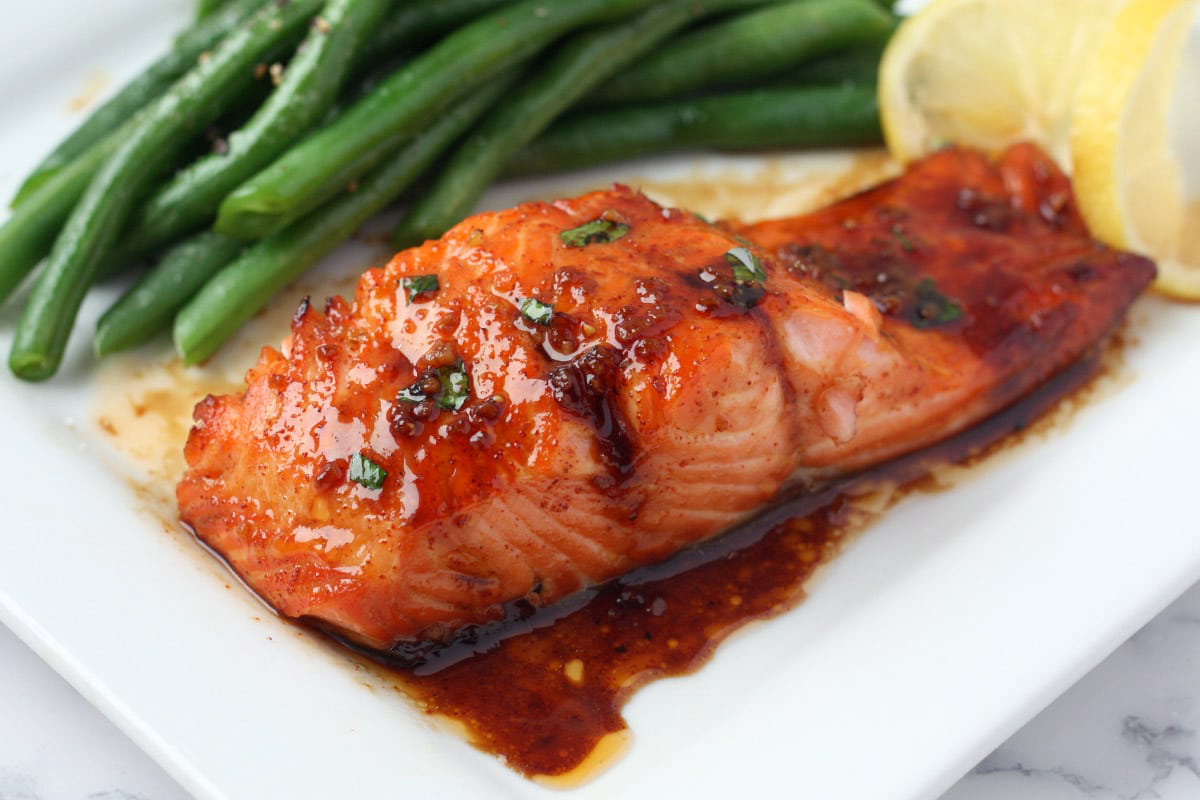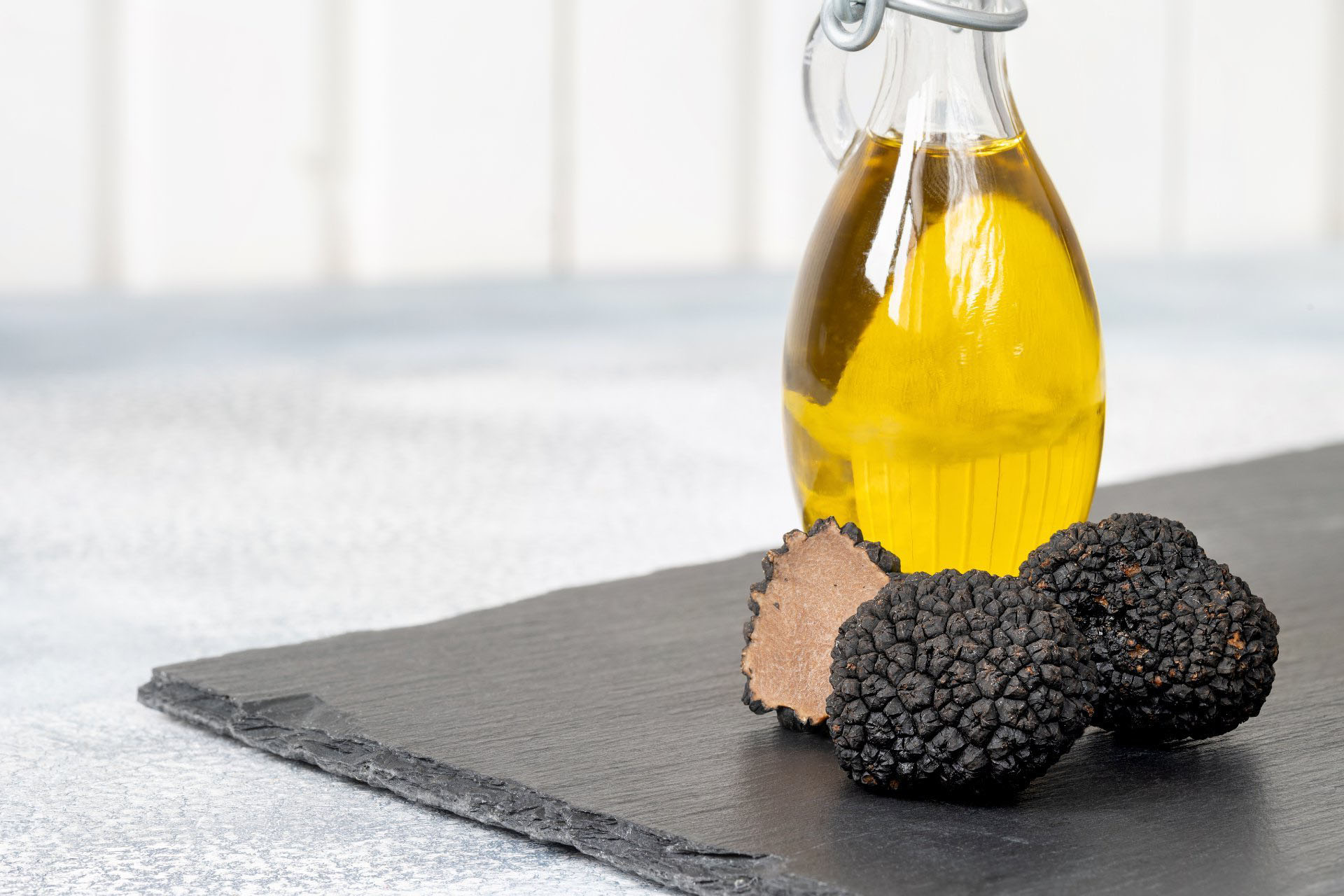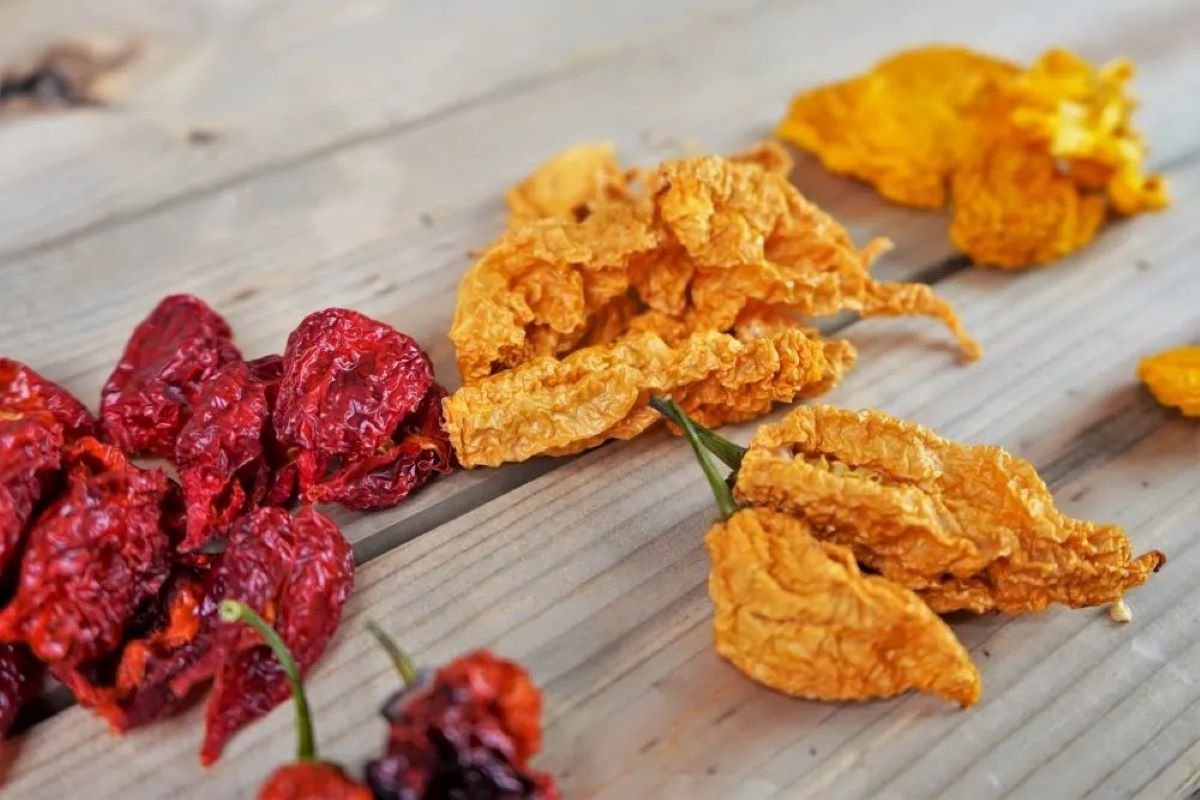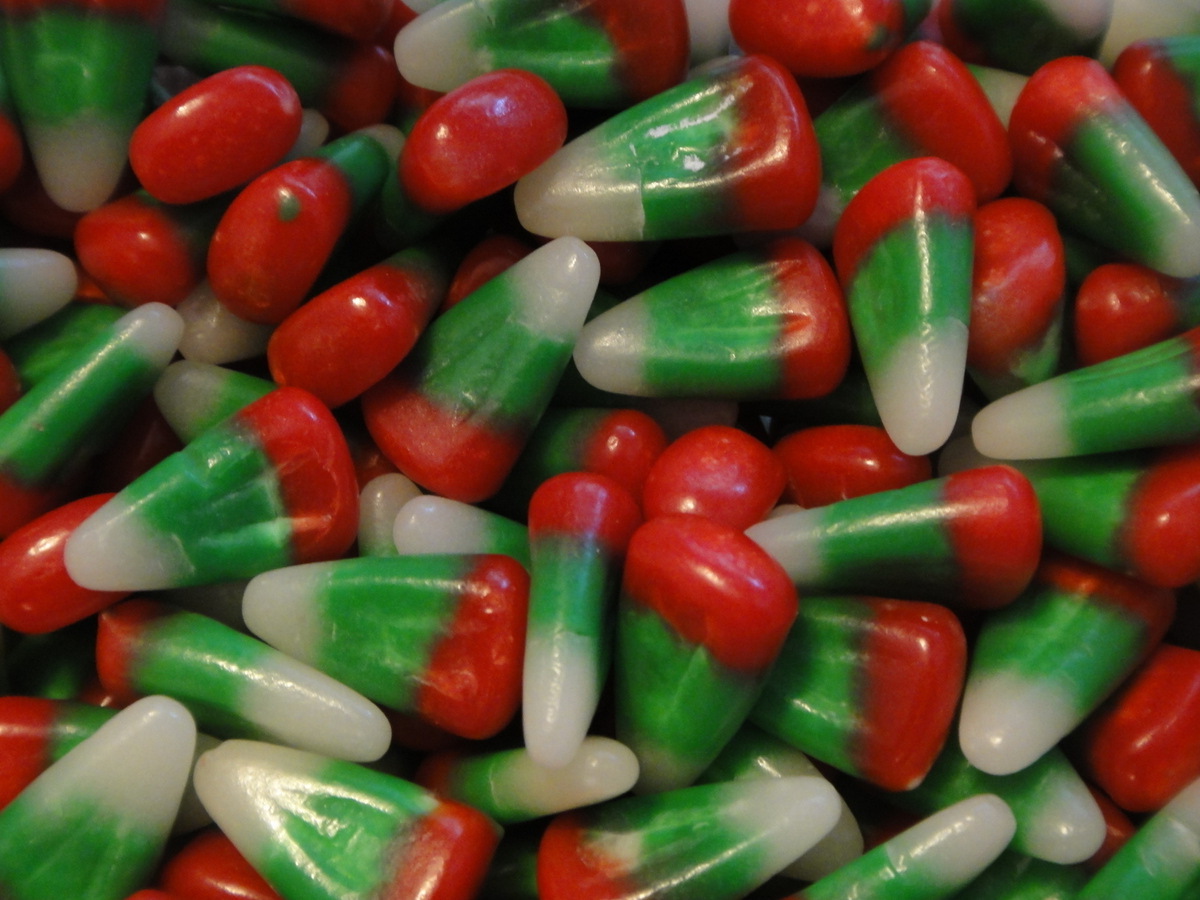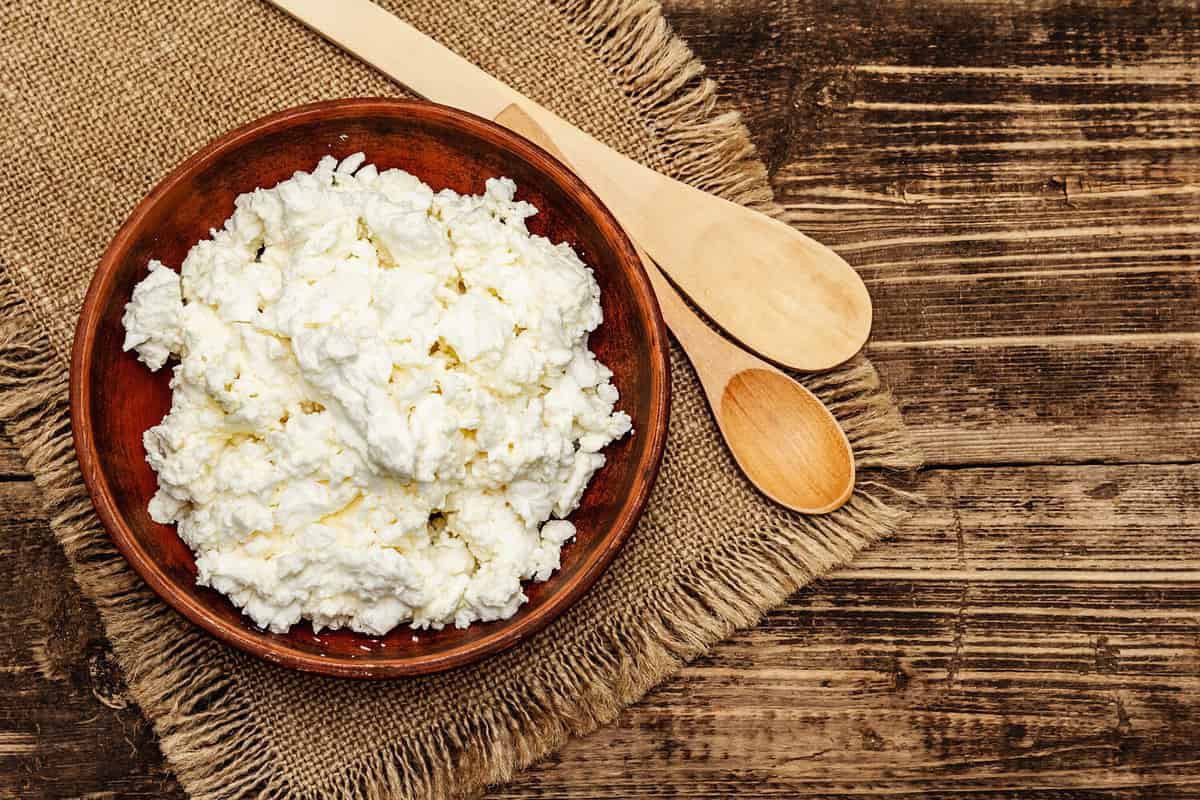Sea salt is a popular ingredient in kitchens around the world, known for its unique flavor and texture. But what exactly is sea salt, and how does it differ from regular table salt? In this article, we'll explore the origins of sea salt, its potential health benefits, and how it can be used in cooking.
What is Sea Salt?
Sea salt is produced through the evaporation of seawater. This natural process leaves behind the salt crystals, which are then harvested and packaged for consumption. Unlike regular table salt, which is mined from underground salt deposits, sea salt is derived directly from the ocean.
Types of Sea Salt
There are several different types of sea salt, each with its own distinct characteristics. Some popular varieties include:
-
Fleur de Sel: This French sea salt is known for its delicate flavor and light, flaky texture. It is often used as a finishing salt for dishes.
-
Himalayan Pink Salt: Mined from ancient sea salt deposits in the Himalayan mountains, this salt is prized for its rosy hue and subtle flavor.
-
Smoked Sea Salt: This variety is infused with smoky flavors, making it a popular choice for adding depth to grilled meats and vegetables.
Health Benefits of Sea Salt
Sea salt is often touted for its potential health benefits, which may include:
-
Rich in Minerals: Sea salt contains a variety of essential minerals, including magnesium, calcium, and potassium, which are important for overall health.
-
Lower Sodium Content: Some people prefer sea salt because it is perceived to have a lower sodium content than table salt, although the actual difference is minimal.
-
No Additives: Many sea salts are minimally processed and do not contain additives such as anti-caking agents, making them a more natural option.
Using Sea Salt in Cooking
Sea salt can be used in a variety of culinary applications, including:
-
Seasoning: Sprinkling sea salt on finished dishes can enhance their flavors and add a satisfying crunch.
-
Brining: Sea salt is often used in brines for meats and poultry, helping to tenderize and flavor the food.
-
Baking: Some bakers prefer sea salt for its subtle flavor and ability to enhance the taste of baked goods.
Conclusion
In conclusion, sea salt is a versatile and flavorful ingredient that has been used in cooking for centuries. Whether you're looking to add a finishing touch to a dish or enhance the flavors of your favorite recipes, sea salt is a valuable addition to any kitchen. With its potential health benefits and unique varieties, sea salt is a staple ingredient that continues to be cherished by chefs and home cooks alike.
Was this page helpful?
Read Next: What Is Thai Sticky Rice?
